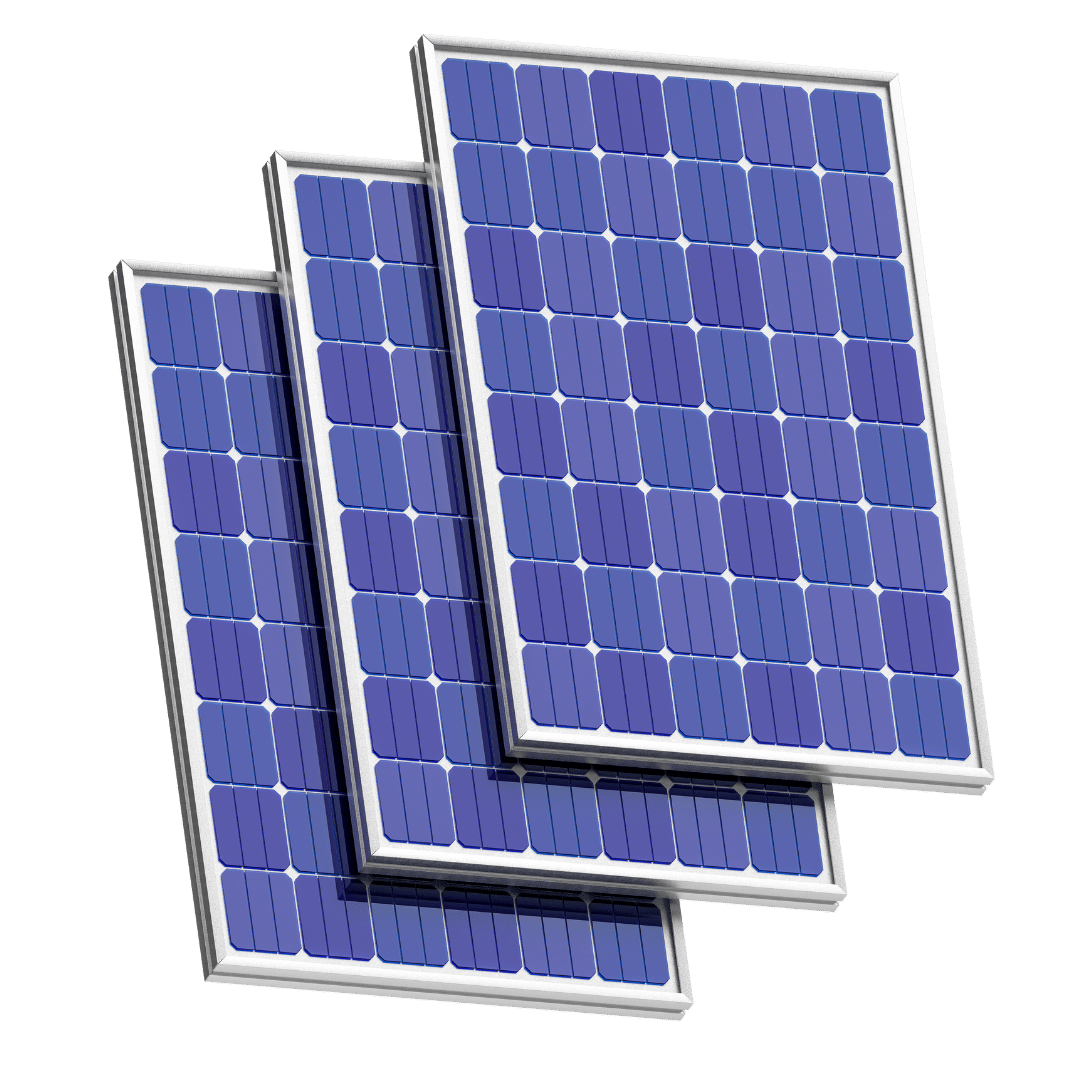Image source: Canva.com
As the solar energy landscape evolves, states across the U.S. are exploring new models to support renewable energy adoption. In New York, the Value of Distributed Energy Resources (VDER) has emerged as a transformative alternative to traditional net metering. Introduced to better reflect the actual value that distributed energy resources, like solar panels, bring to the grid, VDER aims to provide a more accurate and equitable compensation structure for solar energy producers. This program not only influences how solar energy is valued and compensated but also plays a pivotal role in the state’s broader efforts to achieve its ambitious clean energy goals. In this introduction to VDER, we’ll explore how it differs from net metering, the benefits and challenges it presents, and what it means for current and prospective solar energy users in New York.

New York’s Key Solar Incentives: A Breakdown
Understanding VDER
In the spring of 2017, New York State’s Public Service Commission (PSC) approved the Value of Distributed Energy Resources (VDER) to provide more accurate compensation for renewable energy generation and its benefits to the environment and the electrical grid. The initial phase of VDER, which began in the fall of 2017, applies primarily to large-scale commercial and industrial solar installations.
VDER covers all forms of distributed energy (such as solar, hydro, and wind) in service areas regulated by the PSC. However, it does not apply to customers of Public Service Electric and Gas or Long Island Power Authority (LIPA), which have their own VDER mechanisms.
A key difference between VDER and traditional net metering is how compensation for excess solar electricity is handled. While net metering provides volumetric credits (one kWh of solar power equals one kWh credit), VDER offers monetary credits that roll over into future billing cycles. This credit, known as the Value Stack Tariff, varies based on factors like the timing and location of the electricity.
How is the Value Stack Tariff Determined?
The Value Stack Tariff comprises five main components:

Locational-Based Marginal Pricing: This represents the wholesale price of electricity, varying by electrical load zone, demand, and fuel prices. It fluctuates depending on when and where solar electricity is sent to the grid.
Capacity: This component ensures sufficient electricity supply during peak demand. It reflects the capacity value rolled into your current electricity rates and fluctuates, though less frequently than LBMP.
Environmental Value: This compensates for the environmental benefits of solar power, based on the state’s renewable energy certificate (REC) price per kWh. As of 2018, this is approximately two to three cents per kWh. The value is fixed for 25 years once your system is operational.
Demand Reduction Value: This factor compensates for reducing peak demand on the grid. Higher DRV values are given when solar power is supplied during high-demand periods, while lower values apply during low demand.
Locational Adders: This bonus is available if your solar installation is in a congested area where the grid struggles to handle peak loads. The adder, applicable for the first ten years, is provided based on congestion maps published by utility companies.
What Does VDER Mean for You?
The first phase of VDER is underway, but residential and small commercial systems can still opt for net metering. If you install solar panels before the full implementation of VDER for residential projects, you will be grandfathered into net metering for 20 years. Those who installed solar before VDER’s approval on March 17, 2017, will retain net metering benefits for their system’s lifetime.
Net metering typically offers a straightforward, one-for-one kWh credit on your bill, making it easier to estimate your savings. In contrast, the Value Stack Tariff’s complexity and variability can make compensation less predictable. However, if eligible for the LSRV component, you may receive higher financial benefits with VDER.
Due to the complexity of the Value Stack Tariff, predicting the exact compensation can be challenging. For a more accurate estimate of your potential savings, the New York State Energy Research and Development Authority (NYSERDA) offers a Value Stack Tariff calculator on their website. This tool can help you project the return on your solar investment.





